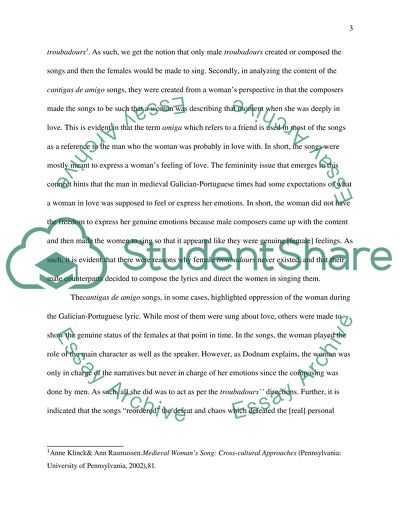Cite this document
(“Portuguese Cantigas Essay Example | Topics and Well Written Essays - 2000 words”, n.d.)
Portuguese Cantigas Essay Example | Topics and Well Written Essays - 2000 words. Retrieved from https://studentshare.org/literature/1683350-portuguese-cantigas
Portuguese Cantigas Essay Example | Topics and Well Written Essays - 2000 words. Retrieved from https://studentshare.org/literature/1683350-portuguese-cantigas
(Portuguese Cantigas Essay Example | Topics and Well Written Essays - 2000 Words)
Portuguese Cantigas Essay Example | Topics and Well Written Essays - 2000 Words. https://studentshare.org/literature/1683350-portuguese-cantigas.
Portuguese Cantigas Essay Example | Topics and Well Written Essays - 2000 Words. https://studentshare.org/literature/1683350-portuguese-cantigas.
“Portuguese Cantigas Essay Example | Topics and Well Written Essays - 2000 Words”, n.d. https://studentshare.org/literature/1683350-portuguese-cantigas.


